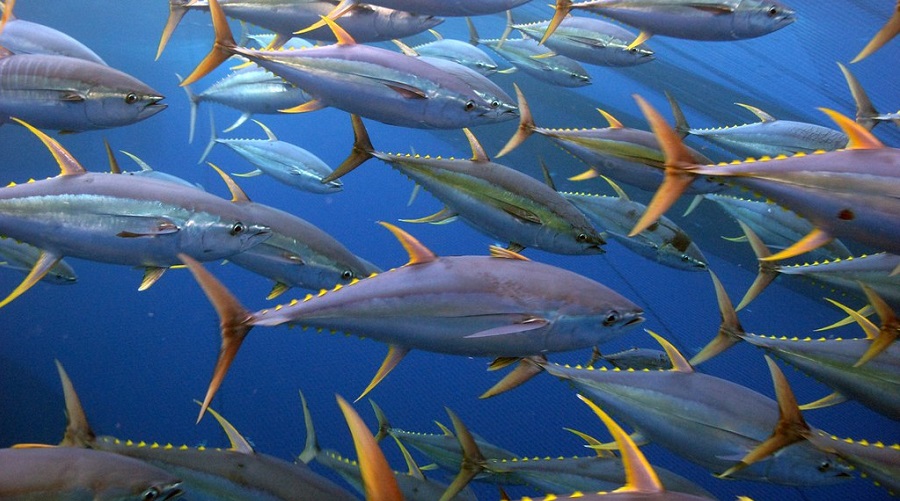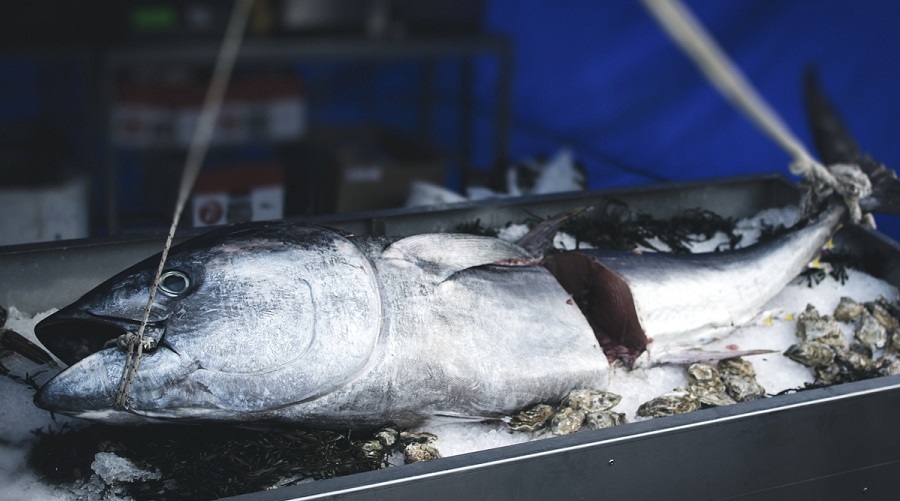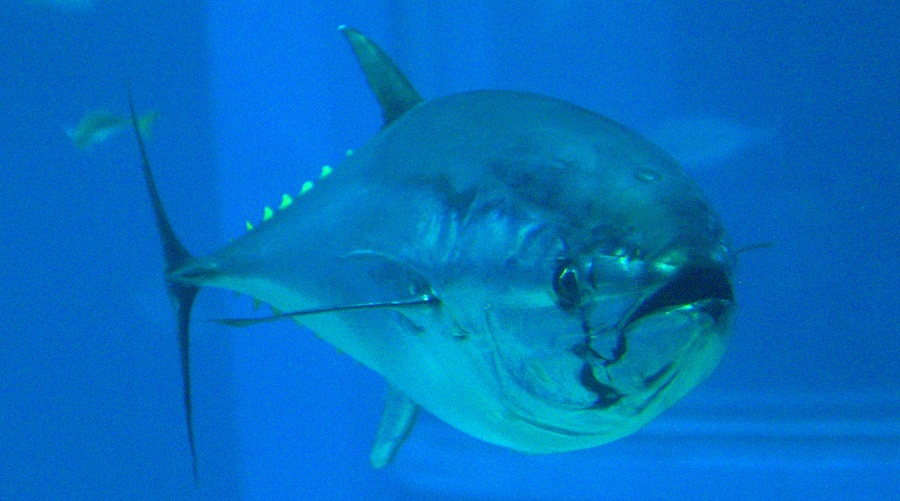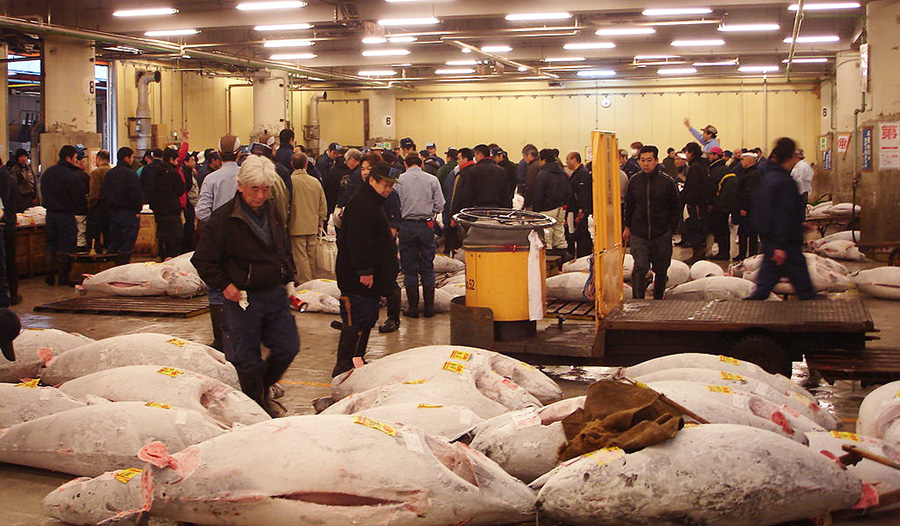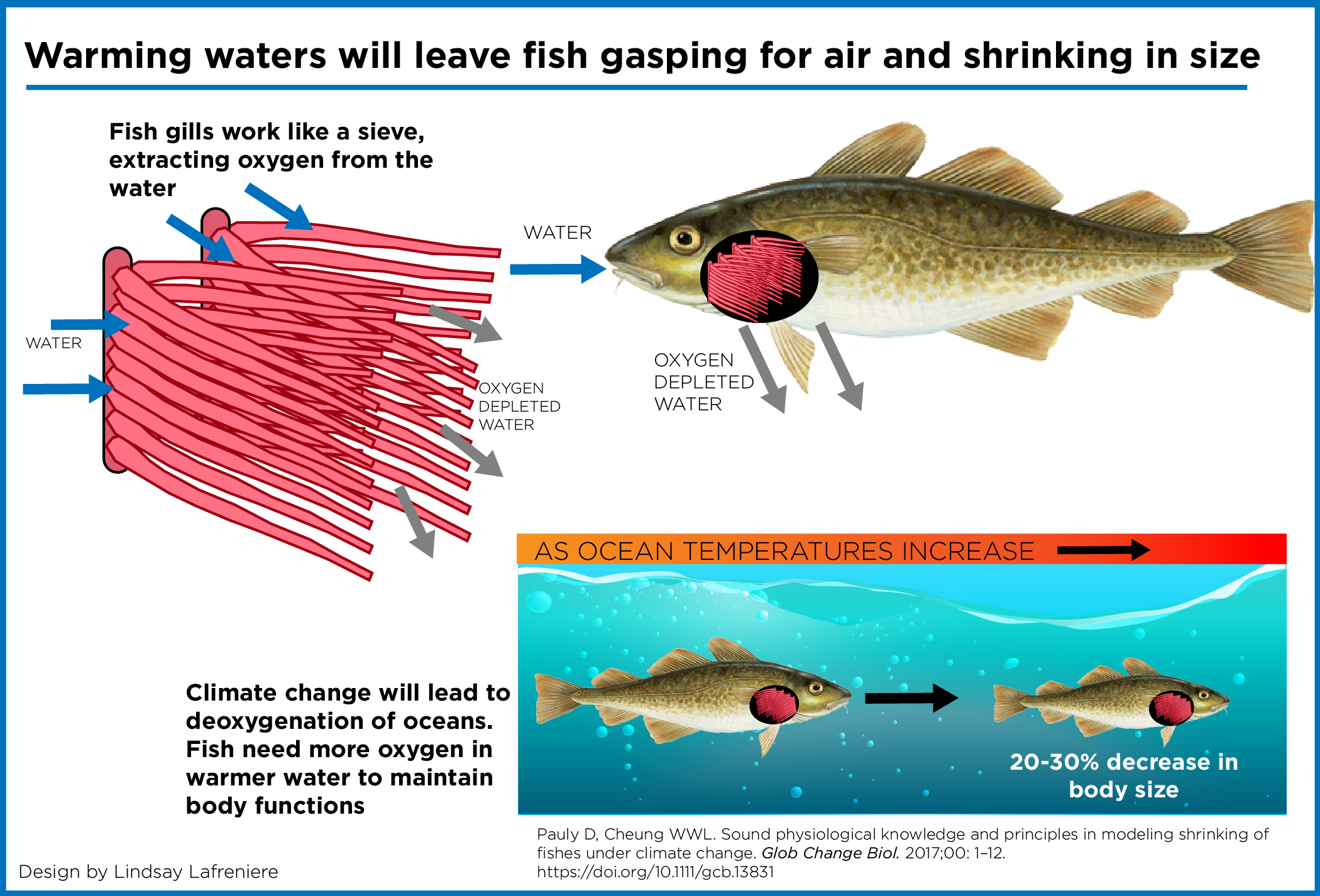Appearing in everything from sushi rolls to sandwiches, tuna are among the world’s favourite fish. But are our current tuna fishing habits sustainable?
Probably not, according to a new global database of tuna catches created by researchers at the University of British Columbia and University of Western Australia.
In a study published in Fisheries Research, scientists from the Sea Around Us initiative found that global tuna catches have increased over 1,000 per cent in the past six decades, fueled by a massive expansion of industrial fisheries.
Continue reading →
